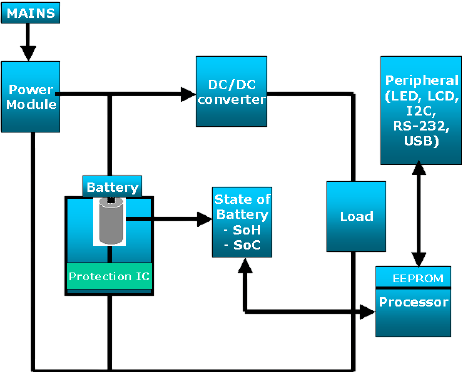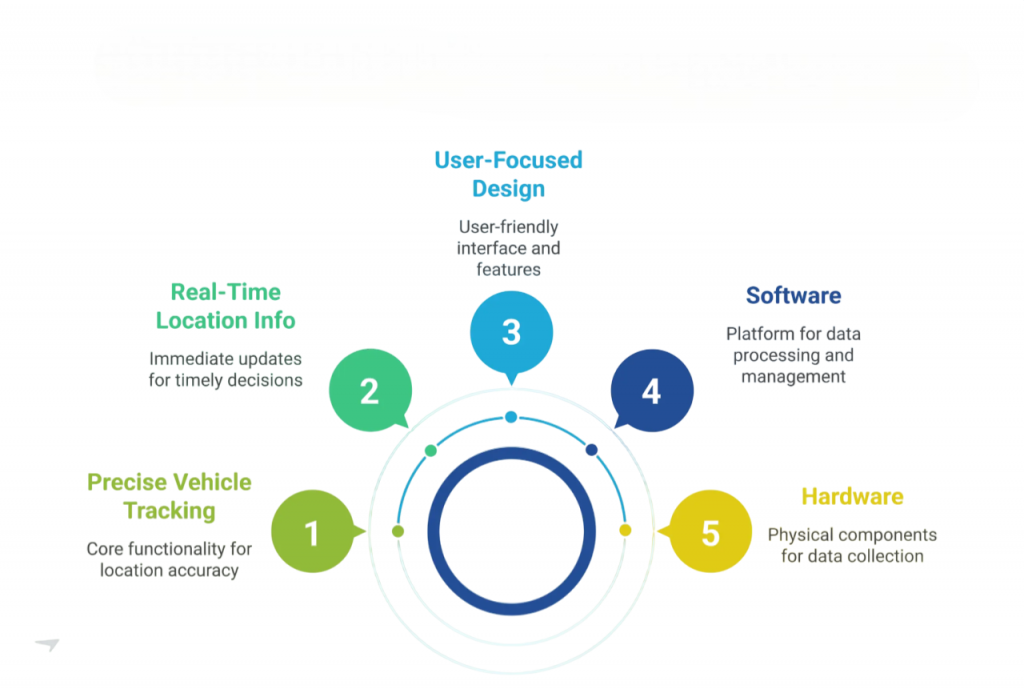
- Overview of EV Projects
- Motor Control System
- Battery Management System
- Regenerative Braking Design
- EV Charging Station Setup
- EV Range Calculator
- Vehicle Tracking System
- Temperature Control Unit
- Wireless Charging Prototype
- Solar-Powered EV
- Safety System Integration
- Conclusion
Overview of EV Projects
Electric Vehicles (EVs) are transforming the automotive landscape by offering cleaner, more sustainable transportation alternatives. As the global push for reducing carbon emissions intensifies, EV projects have gained significant momentum among researchers, engineers, and hobbyists alike. These projects encompass a variety of critical components from motor control systems and battery management to innovative charging solutions, safety integrations, and Artificial Intelligence Training . Each project addresses specific challenges in the EV ecosystem, driving advancements in efficiency, performance, and user convenience. This article explores key EV projects and systems, detailing their objectives, working principles, and significance in the broader context of electric mobility. Whether you are an enthusiast, a student, or a professional, understanding these projects can provide insights into the evolving technology and inspire new innovations.
Ready to Get Certified in Artificial Intelligence ? Explore the Program Now Artificial Intelligence Online Training Offered By ACTE Right Now!
Motor Control System
The motor control system is the heart of an electric vehicle, responsible for regulating the electric motor that powers the vehicle. Unlike internal combustion engines, EV motors operate on electric current, requiring precise control for smooth acceleration, speed regulation, and energy efficiency.
- Typical EV motors include Brushless DC (BLDC) motors, Induction motors, and Permanent Magnet Synchronous Motors (PMSM).
- A motor control system typically uses sensors and control algorithms like Field-Oriented Control (FOC) or Pulse Width Modulation (PWM), and concepts from Understanding BLDC Motors to manage torque and speed.
These systems adjust voltage and current supplied to the motor based on driver inputs (accelerator pedal position) and real-time feedback (motor speed, load). Efficient motor control enhances vehicle responsiveness, reduces energy consumption, and prolongs battery life, making it a pivotal project for EV developers.
Battery Management System
The Battery Management System (BMS) is crucial for maintaining the safety, reliability, and longevity of EV batteries. Batteries, especially lithium-ion types used in EVs, require constant monitoring to prevent overcharging, deep discharging, overheating, and cell imbalance. A typical BMS monitors individual cell voltages, pack temperature, state of charge (SOC), and state of health (SOH).

An effective BMS balances charging and discharging processes and provides critical data to the vehicle control unit. It can trigger protective actions if unsafe conditions are detected, such as shutting down charging or limiting motor power. Developing a robust BMS involves integrating sensors, communication protocols (CAN bus), and control algorithms, making it a complex but indispensable EV project.
Regenerative Braking Design
Regenerative braking is a technology that recovers kinetic energy during deceleration and converts it back into electrical energy, which charges the battery. This process improves overall energy efficiency and extends driving range.
- Designing a regenerative braking system involves integrating the electric motor to operate as a generator when the brakes are applied.
- The control system, guided by the Working Principle of BLDC Motors must seamlessly switch between mechanical and regenerative braking modes to maintain safety and driver comfort.
Challenges include managing the transition to avoid jerky motions and optimizing energy recovery based on road conditions and battery state. Regenerative braking design projects focus on hardware integration, software algorithms, and real-time control strategies.
EV Charging Station Setup
The infrastructure for EV charging is vital for mass adoption. Setting up an EV charging station involves electrical, communication, and mechanical engineering components. Projects typically cover installing hardware like charging outlets (Level 1, Level 2, and DC fast chargers), implementing payment and authentication systems, and managing power supply for optimal efficiency. A charging station setup project, incorporating insights from Learning from Learners also involves ensuring compliance with safety standards, integrating communication protocols (like OCPP), and possibly enabling smart grid features such as load balancing and demand response. With the rise of public and private charging networks, this project combines technical know-how and urban planning considerations.
EV Range Calculator
An EV range calculator estimates how far an electric vehicle can travel on a full battery charge under various conditions. Range depends on multiple factors including battery capacity, driving habits, terrain, weather, and auxiliary load (air conditioning, lights).
- Developing an EV range calculator project involves creating mathematical models and algorithms that factor in these variables.
- This tool, explaining What is a Hydraulic Control Unit in an EV can be implemented as a software application or embedded within the vehicle’s dashboard system to inform drivers in real-time.
Accurate range prediction improves driver confidence and trip planning, reducing range anxiety a major barrier to EV adoption. This project often requires data analytics and sensor integration expertise.
Vehicle Tracking System
A Vehicle Tracking System (VTS) in an EV provides real-time location monitoring, security features, and data collection for fleet management. These systems use GPS, cellular networks, onboard diagnostics, and Artificial Intelligence Training to provide insights into vehicle usage patterns, routes, and maintenance needs.

Developing a VTS project involves hardware integration (GPS modules, GSM/4G modems), software development (tracking apps, backend servers), and data security considerations. VTS can be invaluable for personal vehicles and commercial fleets alike, improving theft prevention, route optimization, and operational efficiency.
Looking to Master Machine Learning? Discover the Artificial Intelligence Expert Masters Program Training Course Available at ACTE Now!
Temperature Control Unit
Battery and motor performance in EVs is highly sensitive to temperature. Maintaining optimal temperatures improves efficiency, battery life, and safety. The Temperature Control Unit (TCU) is designed to monitor and regulate the thermal conditions of battery packs and electric motors.
- TCU projects typically involve designing cooling or heating systems using liquid coolant, air cooling, or phase change materials.
- These systems include sensors, pumps, fans, and control circuits managed by embedded systems that adjust cooling intensity based on temperature readings.
- Effective thermal management of the Electric Vehicle Battery prevents overheating and freezing conditions that can degrade EV components.
Lightweight thermal materials, liquid immersion cooling, and intelligent thermal fluids that can adjust to various operating circumstances are the key areas of innovative study in this field. Additionally, the cooling, battery, and propulsion systems may communicate with each other seamlessly thanks to the TCU’s connection with the vehicle’s central control unit, guaranteeing coordinated and effective functioning. The Temperature Control Unit remains a crucial area of development as EV technology advances, propelling advancements in sustainability, performance, and dependability in the upcoming generation of electric vehicle projects.
Wireless charging, or inductive charging, enables EVs to charge without physical cables by transferring energy through electromagnetic fields. Developing a wireless charging prototype involves designing a primary coil (charging pad) and a secondary coil (vehicle receiver) that must be aligned for efficient power transfer. Projects in this area are also investigating dynamic wireless charging, which uses coils buried in roads to allow cars to charge while they are moving. This innovative idea might significantly increase driving range and decrease charging downtime, opening the door for continuous power transfer solutions in smart cities of the future.
Preparing for Artificial Intelligence Job Interviews? Have a Look at Our Blog on Artificial Intelligence Interview Questions and Answers To Ace Your Interview! Integrating solar panels with electric vehicles offers a renewable energy source to supplement battery charging. Solar-powered EV projects involve designing lightweight, efficient photovoltaic panels that can be mounted on the vehicle’s roof or body, and integrating them with the vehicle’s electrical system.
hough solar energy alone cannot fully power most EVs, Battery Swapping in EV
can complement it, extending driving range and reducing dependency on grid electricity. This project combines renewable energy technology, power electronics, and vehicle design to promote sustainability and energy independence.
Safety is paramount in EV development, encompassing electrical, mechanical, and software systems. Safety system integration projects involve designing fault detection, emergency shutdown mechanisms, and protective enclosures to prevent electrical hazards like short circuits or thermal runaway in batteries. Protecting against data breaches and system hacking is essential since electric vehicles rely significantly on software and communication for features like battery management, vehicle tracking, and over-the-air updates. To protect user data and the car, developers deploy intrusion detection systems, secure communication channels, and encryption methods.
The landscape of Electric Vehicle projects is vast and multidisciplinary, reflecting the complexity of building efficient, reliable, and safe electric transportation. From motor control and battery management to innovative charging solutions and fleet management, each project area plays a vital role in advancing EV technology.
Understanding and developing these projects, along with Artificial Intelligence Training
, equips engineers and enthusiasts with the knowledge to contribute to the EV revolution. As technology evolves, continued innovation across these domains will accelerate the shift toward cleaner, smarter, and more sustainable transportation globally.
In the end, working on EV projects now, whether through research, development, or hands-on testing, equips the upcoming generation of designers, engineers, and entrepreneurs to spearhead the shift to a more smarter, safer, and cleaner mobility ecosystem. The ongoing development of EV technology promises to redefine our understanding of mobility in the twenty-first century by offering not only increased convenience and efficiency but also a real contribution to global sustainability goals.
Wireless Charging Prototype
Solar-Powered EV
Safety System Integration
Conclusion



